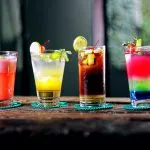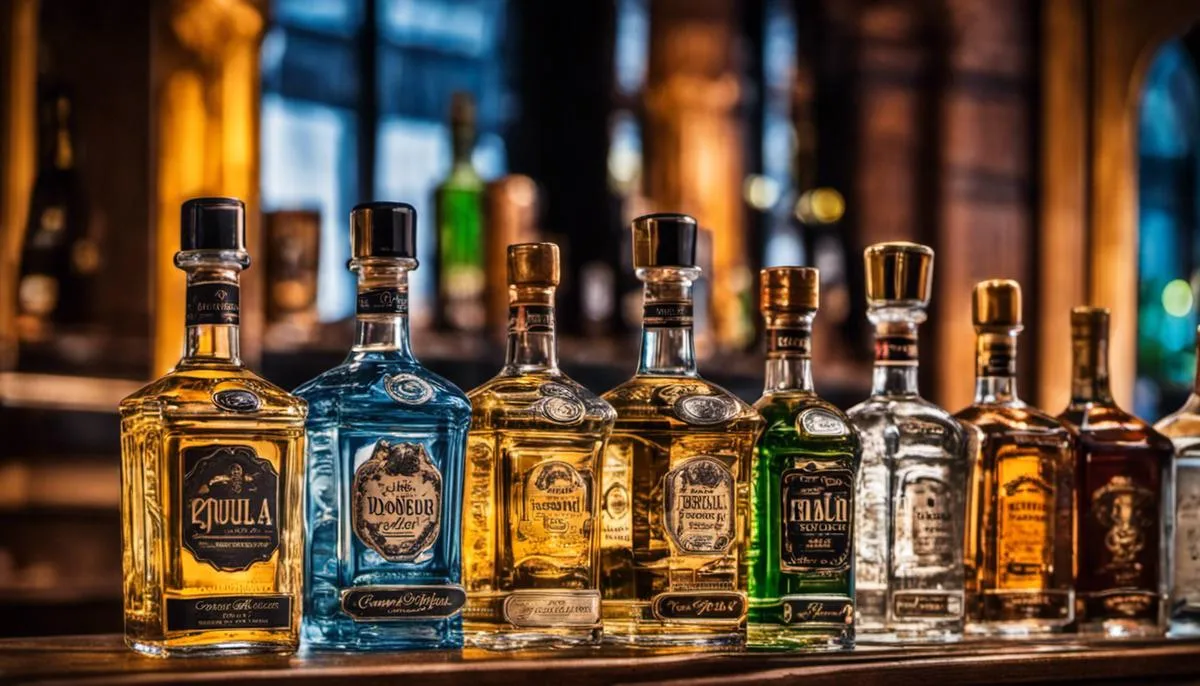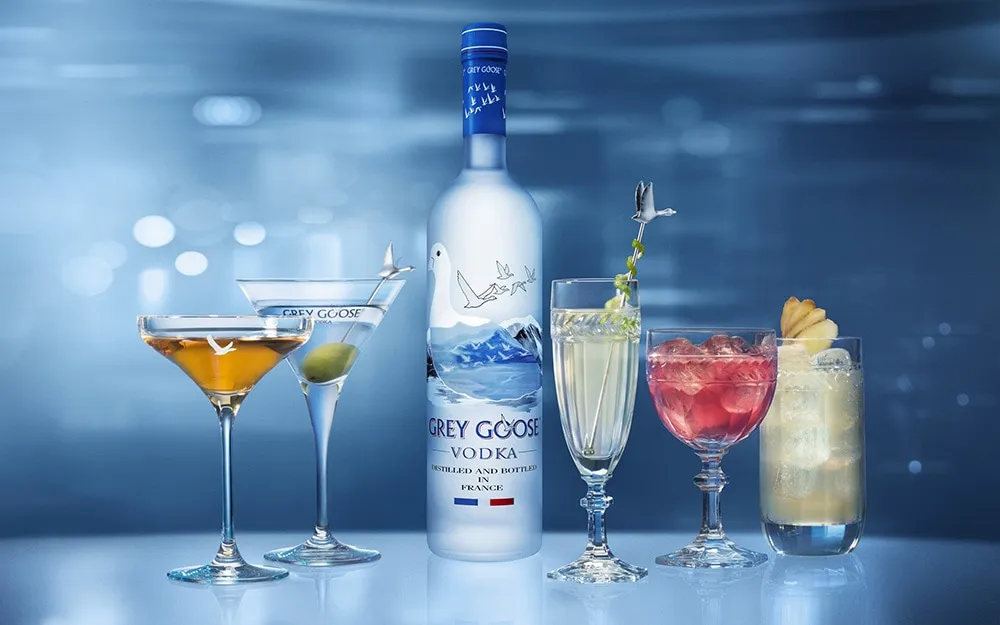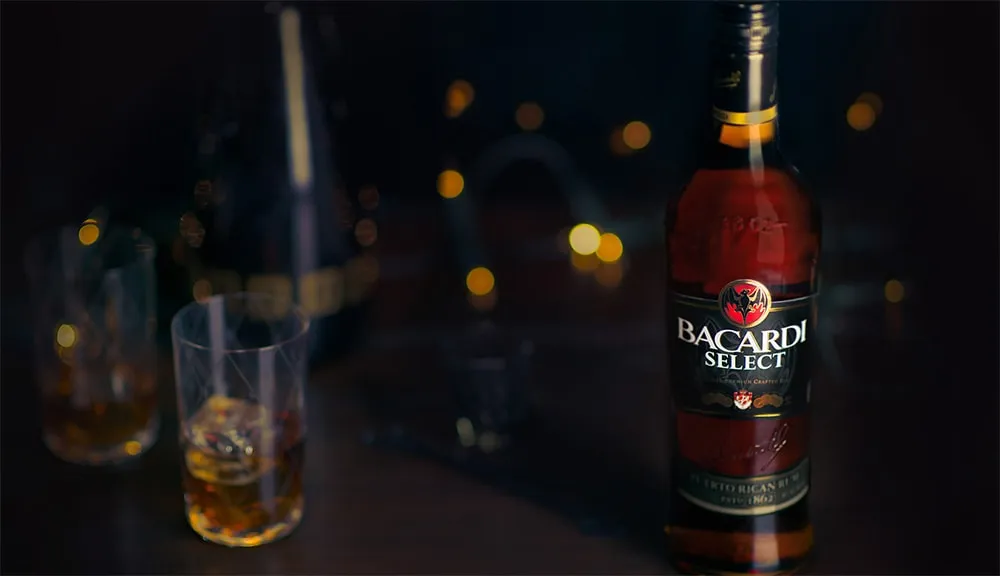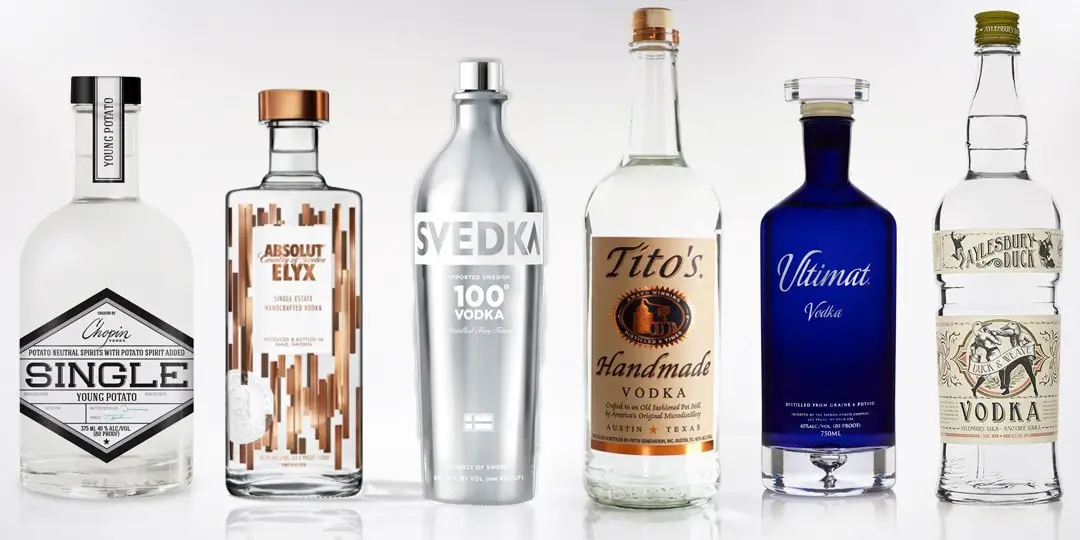In the world of spirits, tequila holds a prominent place that beckons exploration. Its illustrious history, diverse array of types, and distinct tasting methodology are enigmatic dimensions that seem to grasp at every tequila enthusiast’s curiosity. In a voyage to unveil this allure, it is vital to traverse through the historical roads leading to the birth of tequila, comprehend the secrets that set apart different types such as blanco, reposado, and añejo, and master the art of savoring this drink. Also vital is the knowledge of its unique flavors, each revealing a story about the raw agave and aging process. Accompanying you on this journey, you will be introduced to remarkable tequila brands that warrant a spot on your tasting expedition. So, brace yourself to delve into the fascinating universe of tequila, a journey promising to be replete with insights and delightful discoveries.
History and Types of Tequila
Origins of Tequila
The origins of tequila hark back to the period of 250-300 AD when indigenous tribes in Mexico, such as the Aztec, used the sap from local agave plants to create a fermented beverage known as ‘pulque’. Centuries later, when the Spanish conquistadors arrived in the 1500s, they brought with them knowledge of distillation, leading to the birth of tequila as we know it. The town of Tequila was established in 1666, and by the 1800s, the tequila industry started to flourish.
The Importance of Agave
A key point in the history and production process of tequila is the use of the Blue Agave plant. Genuine tequila is distilled strictly from the sap of this unique and special variety of agave, which grows primarily in the Jalisco region of Mexico. The Mexican government even regulates the production of tequila, labeling it a ‘Denomination of Origin’ which means it can only be distillated in specific regions of Mexico.
Types of Tequila
There are several types of tequila that vary based on how long they’ve been aged and the process during which they were made. The first type is “Blanco” or “Silver” tequila, which is usually unaged and bottled immediately after distillation, or aged less than two months in stainless steel or neutral oak barrels. It features a strong agave flavor and is often used in cocktails.
The second type is “Reposado” or “Rested” tequila. This variety is aged for anywhere between two months to less than a year in oak barrels. The aging process gives it a smoother palate with subtle oak flavors combined with the agave.
The third type is “Añejo” or “Old” tequila. It’s aged for a period of one to three years in small oak barrels, lending it a dark color and complex flavors that can include caramel, smoke, and even chocolate. This is often considered a ‘sipping’ tequila, enjoyed slowly much like a fine whiskey or cognac.
Introduction to Tequila Tasting
Just like wine tasting, tequila tasting is an intricate process that allows you to learn about its age and quality. The first step, optical examination, regards to the hue and transparency of the tequila, which can provide essential clues. For instance, a clear, sparkling Blanco tequila suggests its freshness, whereas Reposado and Añejo, the aged versions, display a golden to amber shade.
The second step involves stimulating your olfactory senses, by taking a moment to inhale the scent of the tequila. Blanco typically exudes the aroma of citrus and agave, while aged varieties like Reposado and Añejo may impart vanilla, caramel, and wood fragrances.
Tasting is the final phase. Here, take a modest sip, letting the tequila flood your tastebuds. The Blanco type often has a warm, agave-infused robust taste, whereas Reposado provides an oak-inspired mellowness, and Añejo introduces a fascinating, sophisticated burst of flavors. It is crucial to cleanse your palate between tastings to accurately discern distinct flavor profiles.
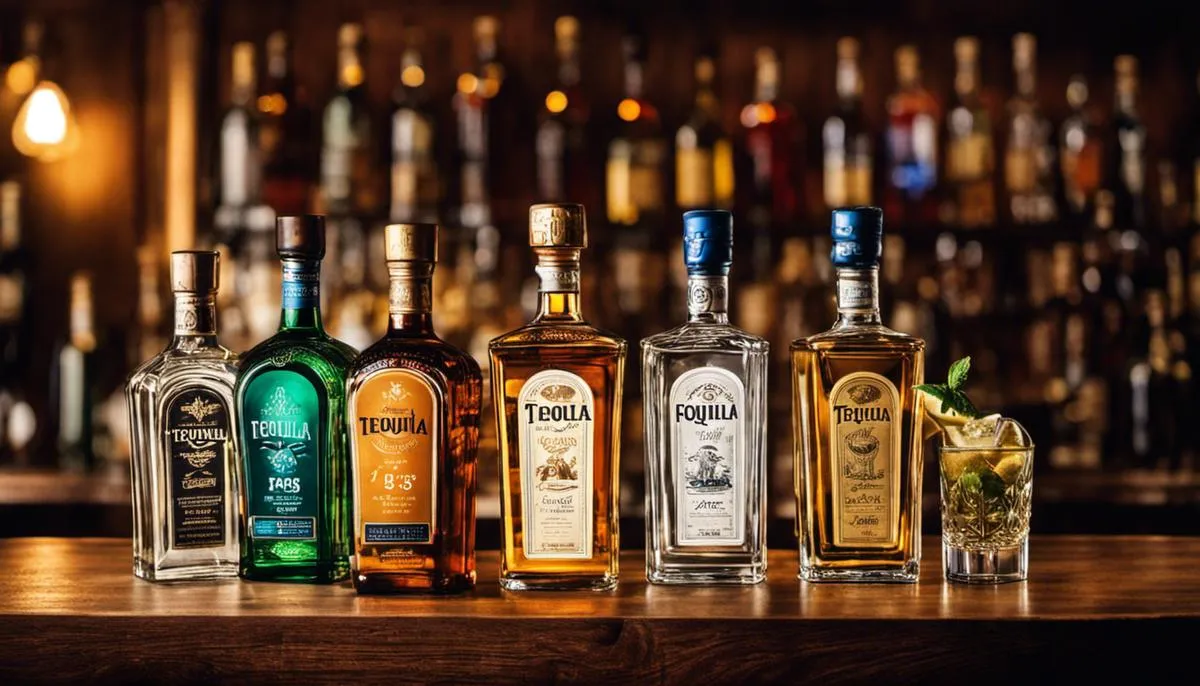
How to Taste Tequila
Diving Deeper Into Tequila Tasting
Truly relishing the subtleties of tequila involves all of your sense. Your initial inspection should focus on the color of tequila as it gives away its age and purity. Primarily, the spectrum of high-quality tequila ranges from completely transparent to a rich, deep amber. You’ll notice that younger varieties, or Blancos, are translucent, reflecting their relative newness. In contrast, aged types like Reposados and Añejos earn a golden hue due to their extensive aging process in oak barrels.
Engaging the Sense of Smell
Before you even take a sip, hold the glass up to your nose and take a deep sniff. Tequila’s aroma is incredibly complex and offers a lot to those willing to take the time to appreciate it. If you’re tasting a pure, 100 percent agave tequila, you’ll get the strong, heady aroma of the agave plant itself, which is full-bodied and rich, often accompanied by hints of citrus or fruit. The scent can also reveal other conditions of the tequila, including sweetness, alcohol, and other elements like wood, chocolate, or vanilla, especially in aged tequilas.
The Act of Tasting
Now to the most critical part – the tasting. Tequila should be sipped, not shot. Take a small sip and let it roll around your tongue. It’s good to let it touch every part of your mouth, as different areas detect sweet, sour, bitter, and umami flavors. You should be seeking a balance of flavor. Notice if it has a smooth or harsh onset, what flavors stand out in the body of the drink, and how it finishes – whether it lingers in your mouth or fades quickly.
The taste of the tequila can be affected by various factors, including the type of agave used, the area where it was grown, the method of production, and the aging process. For instance, tequilas made from blue agave have a distinct sweetness, while those crafted from other types of agave can offer a more herbal flavor profile.
Enduring Sensation After Swallowing
Once swallowed, good quality tequila has a warm, pleasant sensation, not a harsh, burning one. There are two parts to this stage of tequila tasting: the finish and the aftertaste. The finish is the immediate sensation after swallowing, a measure of the burn, while the aftertaste is the flavor that lingers on your palate.
The right aftertaste can provide a delightful end to a sip of tequila. Anejos and extra anejos, which are tequilas that have been aged for a year or more, often leave a flavor reminiscent of the oak barrels they were aged in, which could include notes of smoke, vanilla, caramel, and spice. Meanwhile, unaged blancos might leave a crisp, clean aftertaste that speaks to the purity and subtle complexity inherent in the agave itself.
The art of tequila tasting shares similarities with the realms of wine or whiskey tasting, in that it demands a keen sense of attention to detail and a refined appreciation for subtler undertones. It’s a skill that can be developed by investing time to systematically observe, take a thorough sniff, taste, and deliberate over each sip taken. Willingly immerse yourself in this practice, and you’ll progressively acquire the finesse of a tequila connoisseur.
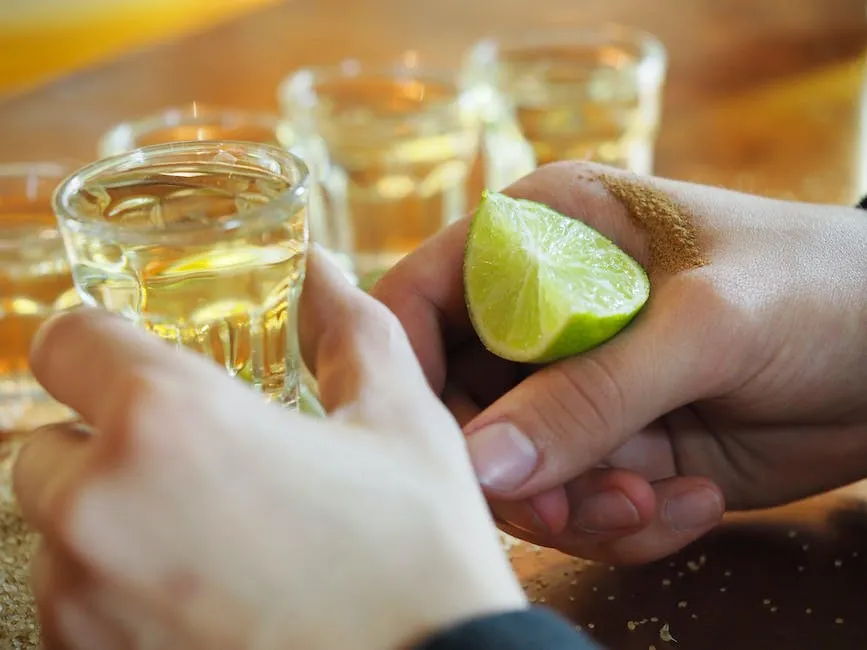
Understanding Tequila Flavors
An Inside Look at Tequila’s Distinct Flavors
Tequila, a distilled spirit that has its roots in Mexico and enjoys international renown, possesses a captivatingly complex flavor profile that can enthrall any genuine spirit enthusiast. The flavors of tequila are as intricate as they are varied, creating a rich tapestry of taste that can mesmerize the palate. Such diverse ranges of flavors largely stem from a trilogy of key elements: the specific variety of agave used in its making, the aging process it undergoes, and the type of distillation techniques that are meticulously implemented.
Base Ingredient: Blue Weber Agave
To begin with, the base ingredient of tequila is the Blue Weber Agave plant, which is predominantly grown in the region of Tequila, Mexico. This plant’s nectar is extracted and fermented, producing a raw and earthy base. When just distilled, tequila is known as blanco, or silver tequila. At this stage, it is clear and typically bottled immediately after the distillation process. One is likely to notice a bright and bold flavor profile with hints of citrus and pepper, complemented by undertones of the cooked agave’s herbal sweetness.
Aging Process: Reposado Tequila
By contrast, reposado tequila has been aged in wood barrels for a period of two months to one year. This aging process imparts subtle notes of vanilla, caramel, and cinnamon to the tequila’s flavor. The raw, earthy agave flavor is present but softened and deepened by the complexities introduced by the aging process.
Aging Process: Añejo Tequila
More distinct flavor transformations are observed in añejo tequila, which is aged for at least one year, providing a multi-layered tasting experience. It portrays a richer, darker color and a full-bodied profile comprising notes of dark chocolate, dried fruits, and oak. For those who appreciate the flavor depth and the complexity of spirits like cognac or sherry, añejo offers a robust alternative.
Aging Process: Extra Añejo Tequila
The pinnacle of premium tequilas is the extra añejo. This variant is aged three years or longer in oak barrels, resulting in deep, intense flavors. Every sip of an extra añejo is a journey to explore its extended flavor profile that includes hints of warm spices like clove, complex notes of dark chocolate, leather, and tobacco, complemented by a lingering, smooth finish.
Tasting Tequila
When tasting tequila, it’s recommended to use a white wine glass, as it allows for better observation of color and discerning the various aromas. Sipping the spirit slowly will enable the taster to properly identify the notes and feel the spirit’s texture. The mouthfeel of good tequila includes the warmth of the alcohol, the spiciness of it, and the oiliness that coats your palate. These subtle variations in flavor, aroma and texture are what sets tequila apart in the realm of spirits.
Developing Your Tequila Palate
Delving into tequila tasting is fundamentally a personal journey. The spectrum of tequila’s complexity ranges from the bright, straightforward agave kick of a classic blanco to the deep, nuanced mellowness of an aged extra añejo. The key to appreciating each distinct quality inherent in these tequilas lies in conscientious tasting, identifying subtle variations, and ultimately, relishing the entire experience.
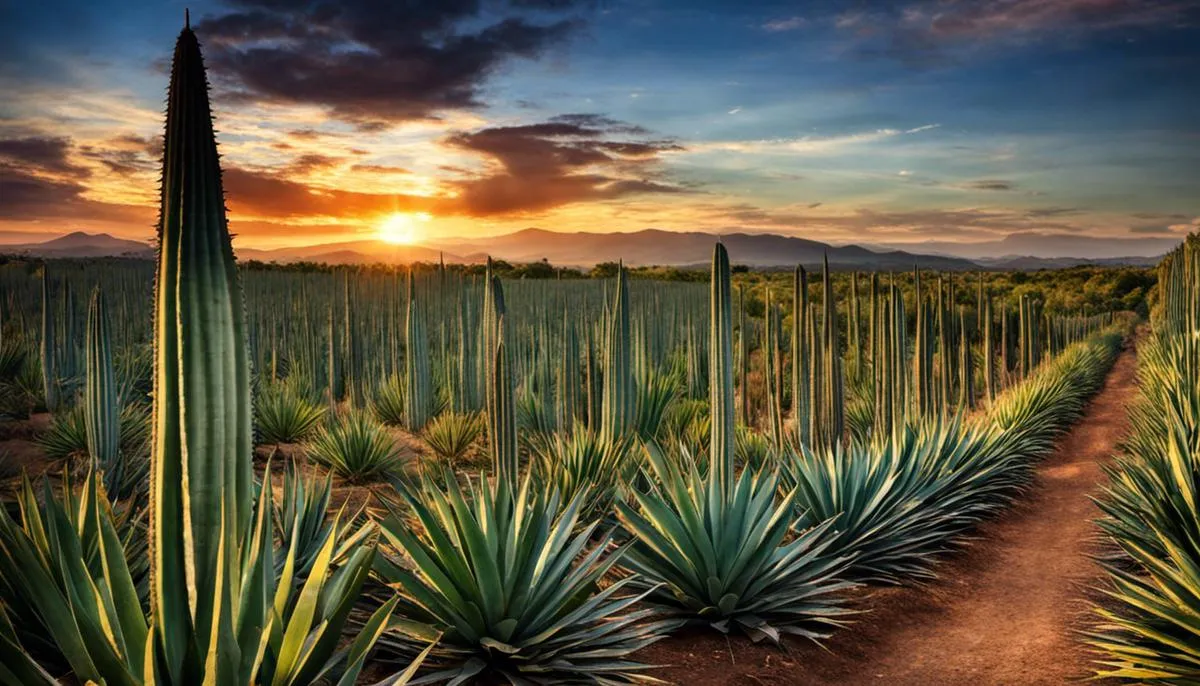
Recommended Tequila Brands for Tasting
A Dive into Jose Cuervo Especial Gold
Considered one of the top-selling tequilas around the globe, Jose Cuervo Especial Gold is a testament to Mexico’s long-standing distillery tradition. This particular tequila superbly combines the qualities of both reposado (aged) and young tequilas, producing a unique flavor profile that merges smoothness with a subtle hint of oak sweetness. Its reasonable price point, moreover, makes it a popular option for whipping up tequila-based cocktails.
Patrón Silver
Patrón Silver is another iconic tequila brand that typically features in most well-stocked bars. Made from 100% Weber Blue Agave, this brand offers a premium tequila experience. Patrón Silver is a bright, clear color, producing a fresh and light tequila taste. This is perfect for people who enjoy a softer, subtle flavor that slips down easily.
Don Julio Blanco
Recognized for its sleek bottled design and refined taste, Don Julio Blanco tequila is a must-try for tequila enthusiasts. This brand offers a pure, clear tequila distilled from the finest raw agave. Its flavor profile is marked by a hint of citrus, making it an excellent choice for tequila-based mixed drinks such as margaritas.
Casa Noble Crystal
Known for its dedication to organic and environmentally-friendly distillation practices, Casa Noble Crystal tequila is a hidden gem of the industry. It is made from 100% Blue Weber agave and aged in French white oak barrels, which lends a distinctly smooth and crisp flavor to the tequila. Casa Noble Crystal has the ability to stand alone, but also enhances any cocktail it is mixed into.
El Jimador Reposado
El Jimador Reposado is Mexico’s number one selling tequila, this reposado holds well-rounded flavors with hints of caramel and almond. It is made from 100% blue Weber agave and aged in new American oak barrels for 2 months, and its name comes from the Spanish term for the farmers who harvest agave plants, “jimadores.”
Fortaleza Blanco
Fortaleza Blanco is an artisanal tequila, made using traditional methods. This tequila is made through slow steam cooking of the agave and stone milling, which gives it its deep flavors of citrus, vanilla, and a slightly smoky finish.
Clase Azul Reposado
Clase Azul Reposado is not only known for the top-tier tequila it crafts but also for the intricately hand-painted Talavera-style ceramic decanters in which it is bottled. The reposado tequila itself is of exceptional quality. It is made from 100% organic tequilas, slow-cooked in traditional brick ovens, fermented using the company’s proprietary yeast, and aged in carefully selected barrels.
Espolon Blanco
Espolòn Blanco is distinct for its label that features Abelino—a figure inspired by Dia de los Muertos (Day of the Dead)—and its full-flavored palate. This tequila offers bright agave flavors with notes of pepper, vanilla bean, grilled pineapple, and spice. It’s smooth and delicate finish make it perfect for sipping or adding zing to your cocktail.
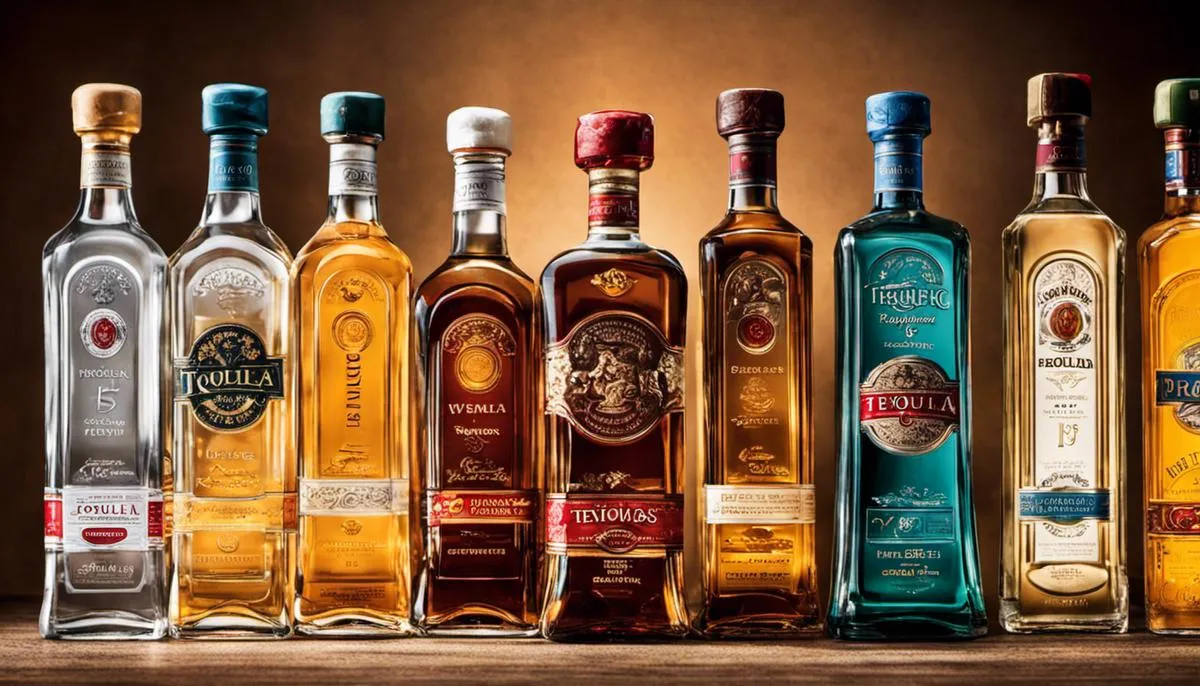
Navigating through the realm of tequila, we have explored its rich history, understood the unique characteristics of its varied types, and learned the art of tasting it. In doing so, we have not only appreciated the nuances of its individual flavor profiles but also highlighted the need to distinguish and admire these differences. We have opened doors to the world of tequila brands that offer an eclectic mix for all palates and occasions. As we conclude this enlightening endeavor, remember, every bottle of tequila houses a piece of Mexican history and tradition. Savor it, not just for the taste, but for the experience it endows, because tequila is not just a drink, it is a journey—a journey of flavors, traditions, and discoveries that go beyond the liquid in the bottle.

